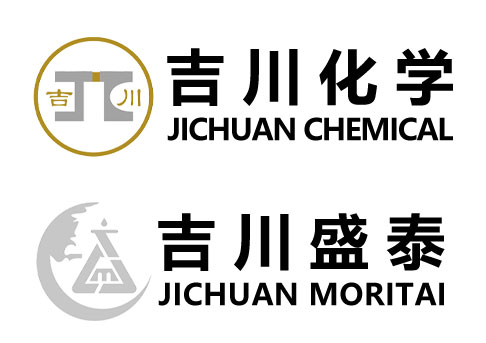Abrasive Flow Machine
Abrasive Flow Machine is a device that uses pressurized abrasive media to polish and deburr complex internal surfaces and channels. It is particularly suitable for polishing precision components with intricate structures and shapes.

Machine Features
Solve Complex Polishing and Deburring Challenges

The fluid polishing machine, with its unique flexible abrasive flow technology, perfectly solves the deburring and finishing problems of traditional polishing processes in scenarios such as complex cavities, tiny channels, and special-shaped surfaces.
Adapt to complex shapes
Flexible contact, can fill any shape of gaps and holes under pressure
Even polishing
Adjustable polishing intensity, consistent cutting force on the surface
Batch Processing
Dozens to hundreds of parts can be processed at a time.
Super fine surface
Ra can reach 0.01μm (mirror grade), improving the smoothness.
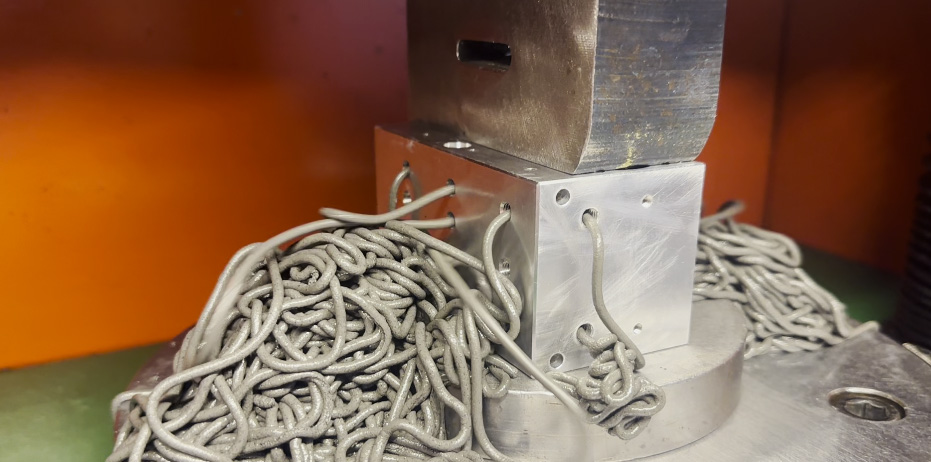
The only machine that can polish inner holes, curved surfaces and blind holes at the same time.
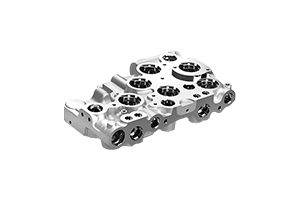
Inner hole
Fluid polishing machines achieve all-round polishing through a flexible abrasive flow, and are particularly good at polishing inner holes that are difficult to reach with traditional processes.
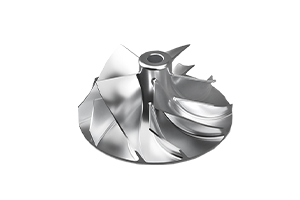
Irregular shape
The abrasive flow machining technology can perfectly adapt to various irregular shaped workpieces, such as impellers, turbines and other complex geometric structures, to achieve uniform polishing without dead angles.
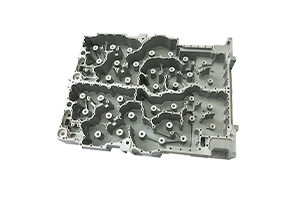
Complex Structure
For precision parts with complex structures, the fluid polishing machine can process multi-channel and multi-surface features at the same time, significantly improving the overall surface finish of special-shaped parts.
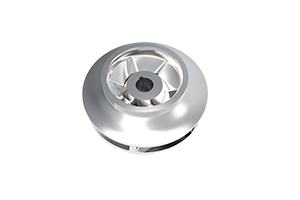
Internal Curved Surface
The unique fluid dynamics design enables abrasive flow machining to precisely fit the curved surface, achieving mirror-level finishing of the curved surface.

Cross hole
In cross-hole polishing applications, the fluid polisher can automatically adjust the abrasive flow direction to effectively remove burrs and ensure consistent treatment of the cross-hole area.
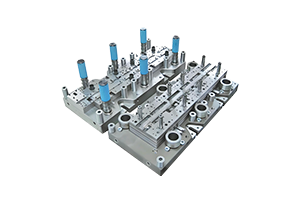
Mould
As a revolutionary solution for mold polishing, abrasive flow machining can repair EDM lines and eliminate stress concentration. It is especially suitable for the final finishing of precision molds such as injection molds and die-casting molds.
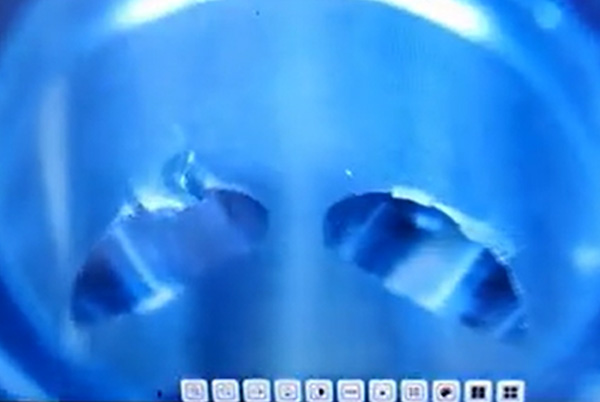
Before fluid polishing
(electron micrograph)
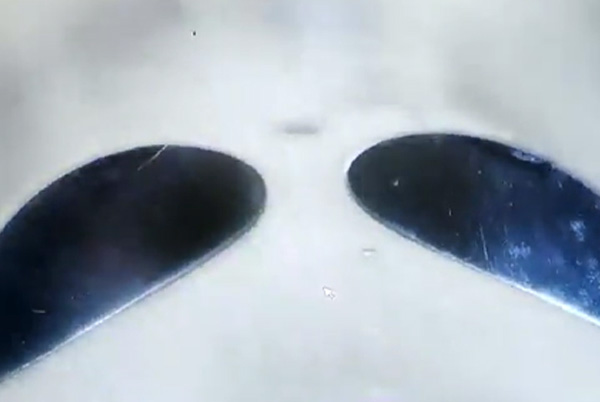
After fluid polishing
(electron micrograph)
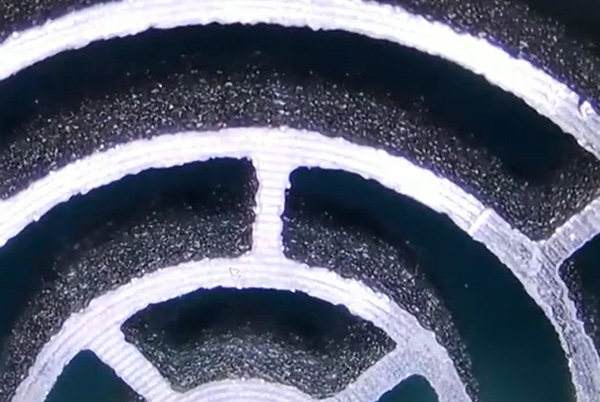
Before fluid polishing
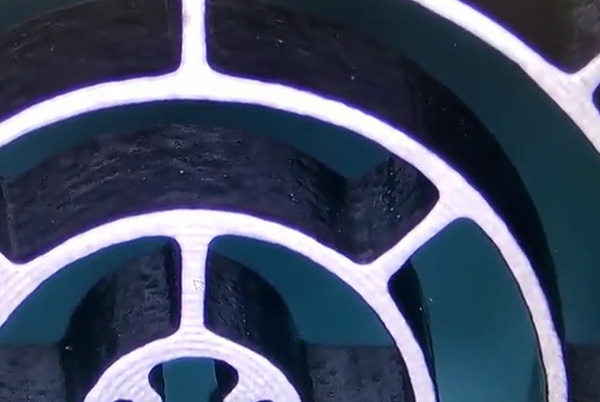
After fluid polishing
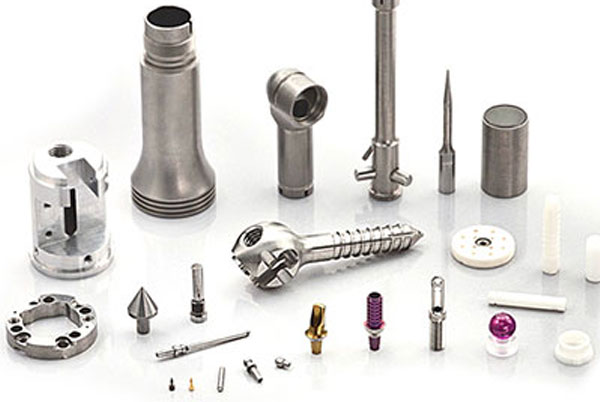
Medical Parts
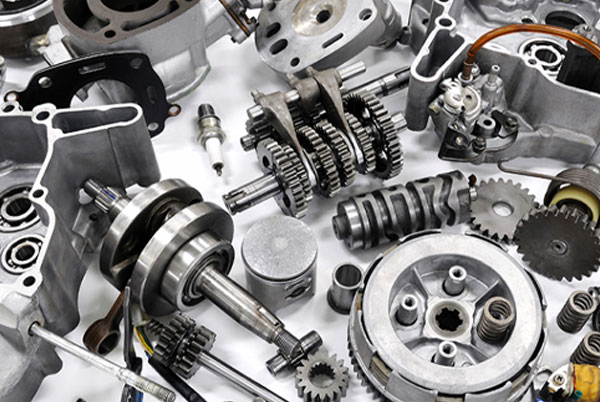
Abrasive Flow Machining of Automobile Parts
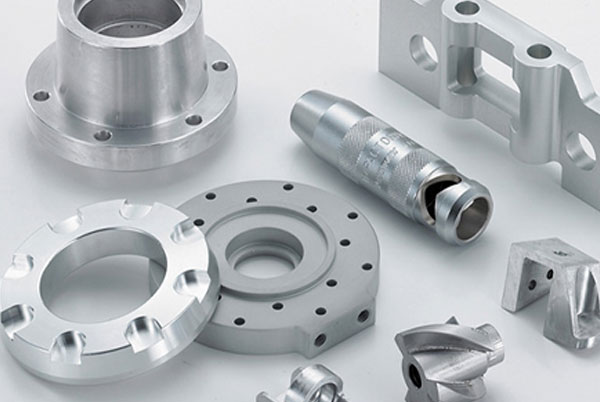
Abrasive Flow Machining of Aerospace Parts

Gear Abrasive Flow Machining
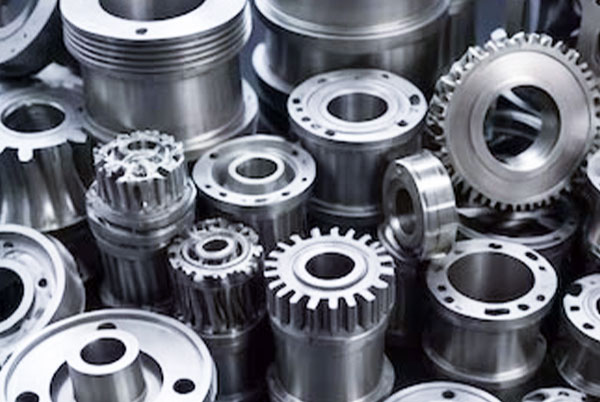
Fluid polishing of precision parts
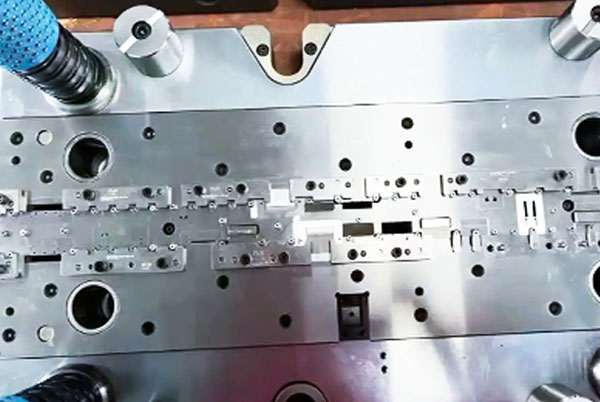
Mold Fluid Polishing
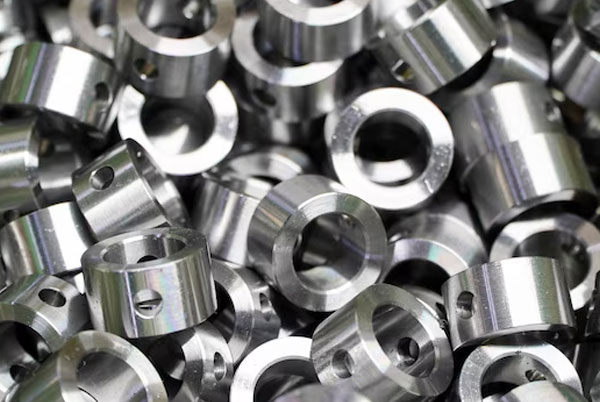
Semiconductor Parts
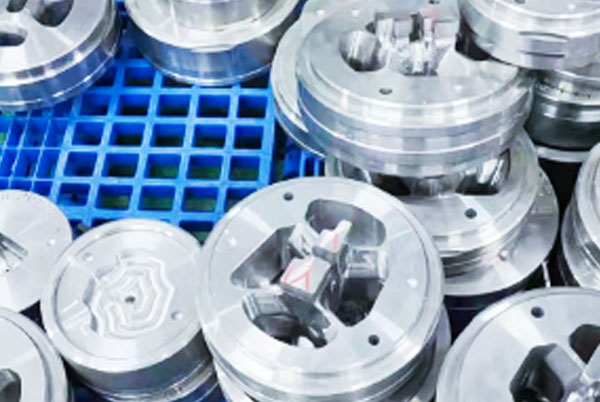
Extrusion Molds
History of Abrasive Flow Machine
Abrasive Flow Machine originated in the 1960s and were originally developed to solve the problem of finishing and polishing complex parts in the aerospace field. Early abrasive flow machining technology achieved polishing of structures such as inner holes and cross holes that were difficult to reach with traditional methods by passing a viscoelastic medium containing abrasives through the surface of the workpiece under pressure.
With the increasing demand for precision surface treatment in the manufacturing industry, modern fluid polishing machines have been continuously upgraded from manual operation to CNC automation systems, and are widely used in medical equipment, automotive molds, precision gears and other fields. Today, as a representative of efficient finishing polishing machines, this technology can not only process hard materials such as stainless steel and titanium alloys, but also achieve a mirror effect of Ra≤0.1μm, becoming an essential process for the manufacture of high value-added parts.

